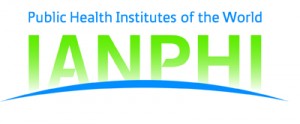Public health experts stress that adequate representation of Black and Latinx people in COVID-19 vaccine studies is a priority. Given how COVID-19 is impacting vulnerable communities, acceptance of a future vaccine – whenever it may become available – is important. A recent article in the Atlanta Journal Constitution highlights how this issue is playing out in Georgia, given the legacy of lack of trust in biomedical research.
“The issue of minority participation in clinical trials is not just in vaccines, it really is in every clinical trial and the point is that the population that is most impacted and most affected needs to be represented in trials,” Emory’s Carlos del Rio said at a media briefing last week.
In a Sunday Op-Ed in the AJC, emergency physician Monique Smith called attention to the disparities in COVID-19 testing and follow-up. In the communities she serves, it is not just a challenge to get a test but to also understand what the results mean, or what to do while waiting for the results, she says.
Lab Land can add some data to that – a survey conducted by neurologist William Hu and colleagues in early August on attitudes toward COVID-19 testing and vaccination among Georgia residents. Non-Hispanic white respondents were more likely than Black/African-American respondents to recommend their loved ones to participate in a COVID-19 clinical trial or be vaccinated after FDA approval.

Green = Black/African-Americans, Clear = non-Hispanic white
From August survey data













